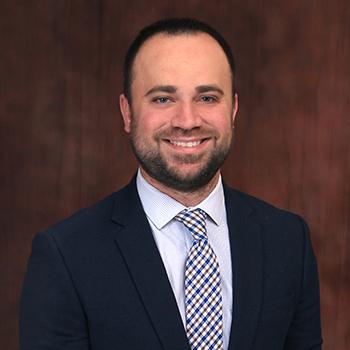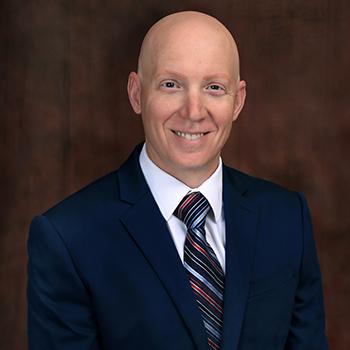Dr. Creech and Dr. Nothold, have advanced credentials in the technique of dry needling. By bringing Dry Needling to our office, we can help patients achieve their goals in pain relief. Dry needling can be incredibly effective for trigger points. It works great in combination with Active Release Techniques (ART) and exercise.
What is dry needling?
Dry needling is an invasive procedure in which a solid filament needle is inserted into the skin and muscle directly at a myofascial trigger point. A myofascial trigger point consists of multiple contraction knots, which are related to the production and maintenance of the pain cycle.
There are many similarities and differences between dry needling and acupuncture. Licensed doctors can use dry needling under the scope of their practice. Dry needling also falls within the scope of acupuncture practice.
How does dry needling work?
The exact mechanisms of dry needling are not known. There are mechanical and biochemical effects. Based on studies, we know that inserting a needle into trigger points can cause favorable biochemical changes, which assist in reducing pain. It is essential to elicit so-called local twitch responses, which are spinal cord reflexes. Getting local twitch responses with dry needling is the first step in breaking the pain cycle.
What type of problems can be treated with dry needling?
Dry needling can be used for a variety of musculoskeletal problems. Muscles are thought to be a primary contributing factor to the symptoms. Such conditions include, but are not limited to neck, back and shoulder pain, arm pain (tennis elbow, carpal tunnel, golfer’s elbow), headache to include migraines and tension-type headaches, jaw pain, buttock pain and leg pain (sciatica, hamstrings strains, calf tightness/spasms). The treatment of muscles has the greatest effect on reducing pain mechanisms in the nervous system.
Is the procedure painful?
Most patients do not feel the insertion of the needle. The local twitch response elicits a very brief (less than a second) painful response. Some patients describe this as a little electrical shock; others feel it more like a cramping sensation. Again, the therapeutic response occurs with the elicitation of local twitch responses and that is a good and desirable reaction.
What side effects can I expect after the treatment?
Most patients report being sore after the procedure. The soreness is described as muscle soreness over the area treated and into the areas of referred symptoms. Typically, the soreness lasts between a few hours and two days.
How long does it take for the procedure to work?
Typically, it takes several visits for a positive reaction to take place. Again, we are trying to cause mechanical and biochemical changes without any pharmacological means. Therefore, we are looking for a cumulative response to achieve a certain threshold after which the pain cycle is disturbed.
Once I am feeling better, how often do I need to come back to maintain my progress?
The musculoskeletal system is under constant pressure from gravity, stress, work etc. A regular exercise program combined with good posture can prevent many problems. If the pain comes back, “tune-ups” are recommended to treat and prevent serious injuries.
Contact Us
Please call our office at 217-222-5800 for more information and learn more about our treatment options that are available to you.


